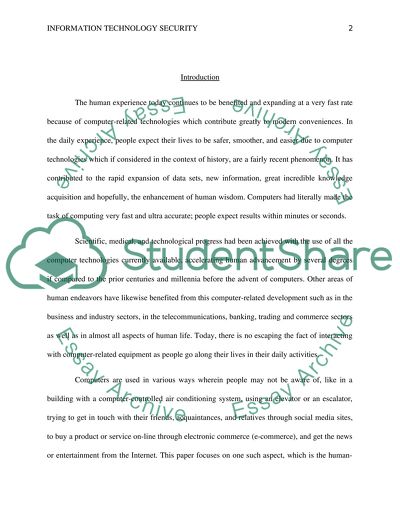Cite this document
(“Security Case Study Example | Topics and Well Written Essays - 1500 words”, n.d.)
Retrieved from https://studentshare.org/information-technology/1484341-security
Retrieved from https://studentshare.org/information-technology/1484341-security
(Security Case Study Example | Topics and Well Written Essays - 1500 Words)
https://studentshare.org/information-technology/1484341-security.
https://studentshare.org/information-technology/1484341-security.
“Security Case Study Example | Topics and Well Written Essays - 1500 Words”, n.d. https://studentshare.org/information-technology/1484341-security.


